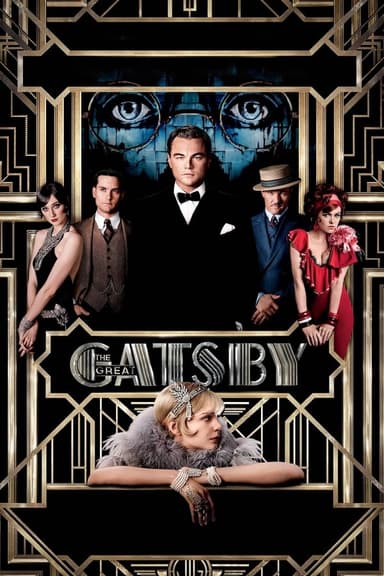
Devdas
2002 • Drama, Romance
In 1900s India, Calcuttan zamindar Devdas Mukherjee — unable to marry his lover — takes up alcohol and the company of a courtesan to alleviate the pain.
Runtime: 3h 5m
Why you should read the novel
Before you immerse yourself in the cinematic splendor of Devdas (2002), discover the original source: 'Devdas' by Sarat Chandra Chattopadhyay. This celebrated novel is a masterpiece of Bengali literature, offering readers a deeper and more nuanced understanding of the tragic love story of Devdas and Paro. By reading the novel, you’ll connect directly with the characters’ inner turmoil and experience the story’s touching melodrama in the author’s own voice.
Exploring 'Devdas' in book form gives richer insight into the complex emotions and social circumstances that shaped the characters’ choices. Sarat Chandra Chattopadhyay’s prose delves into societal pressures, family expectations, and the flawed nature of human relationships in ways that transcend cinematic adaptation. The book’s lyrical narrative style and psychological depth allow you to feel the underlying pathos that made Devdas an enduring literary icon in Indian culture.
Choosing to read the original novel also means you can appreciate the historical context and literary craftsmanship behind the story. Engaging with 'Devdas' by Sarat Chandra Chattopadhyay offers a thoughtful alternative to watching the film, letting you experience the subtle details, cultural intricacies, and timeless themes that have captivated readers for generations. Pick up the novel today and immerse yourself in the sorrow, passion, and evocative world of this literary masterpiece.
Adaptation differences
One of the most notable differences between the 2002 film adaptation of Devdas and Sarat Chandra Chattopadhyay’s novel lies in the visual extravagance. While the book is characterized by its emotional depth and understated lyricism, the film amplifies drama through extravagant sets, grand costumes, and highly stylized performances. The original novel’s simplicity and focus on inner conflict are often replaced on screen by visual storytelling and heightened melodrama to appeal to a wider Bollywood audience.
Another key difference is in the characterization of Chandramukhi and Paro. In the novel, Chandramukhi is portrayed with subtle dignity, compassion, and restraint, with her backstory and transformation developed through nuanced dialogue and introspection. The film, however, gives her a more prominent and glamorous role, often showcasing her through elaborate dance sequences and intense emotional expressions, thus altering her character’s essence as depicted by the author.
Furthermore, the movie introduces several creative liberties and dramatized events that are either absent or only implied in the book. The 2002 adaptation expands on certain scenes for cinematic impact, such as elaborate confrontations and extended interactions between characters that serve the visual narrative but diverge from the more restrained and introspective tone of the novel. These artistic liberties sometimes alter the motivations and psychological makeup that Chattopadhyay crafted in the original text.
Finally, the film adaptation of Devdas often simplifies complex social and psychological themes in favor of visual storytelling and a more linear plot, whereas the novel weaves a more intricate tapestry of human emotion, social critique, and internal struggle. If you’re interested in the authentic experience of Devdas’s tragic journey and the cultural nuances surrounding it, reading Sarat Chandra Chattopadhyay’s original work will give you a fuller, richer perspective than the movie alone.
Devdas inspired from
Devdas
by Sarat Chandra Chattopadhyay










